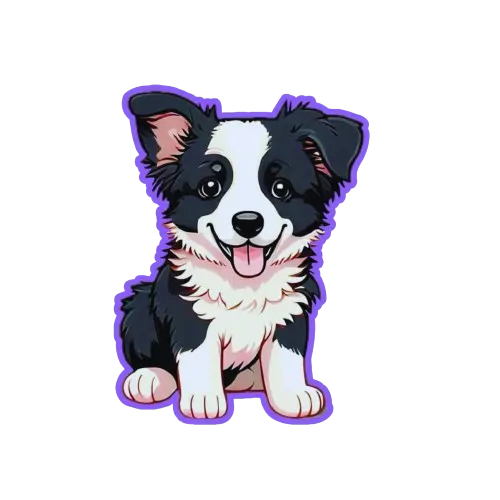Dogs and Cream of Tartar: What’s the Scoop?
As a dog parent, it’s essential to be aware of what human foods are safe for your furry friend to enjoy. When it comes to cream of tartar, you might be wondering if it’s a treat or a no-go.
What is Cream of Tartar? Cream of tartar, also known as potassium bitartrate, is a common ingredient in many foods and condiments. It’s often used as a stabilizer, emulsifier, or pH balancer. You might find it in products like baking powder, baking soda, or even some medications.
Can Dogs Eat Cream of Tartar? The short answer is: NO, dogs should not eat cream of tartar! While it might seem harmless, consuming small amounts of cream of tartar can cause gastrointestinal upset, including diarrhea, vomiting, and stomach cramps. In larger quantities, it could lead to more severe issues like kidney damage or even respiratory problems.
Why is Cream of Tartar Toxic to Dogs? The main concern is that cream of tartar contains potassium ions, which can be toxic to dogs. When ingested, these ions can disrupt your dog’s electrolyte balance, leading to the above-mentioned health issues. Additionally, cream of tartar can also cause an imbalance in your dog’s digestive system, making it difficult for them to absorb nutrients.
Similar Cases: What Else Should You Avoid Feeding Your Dog? If you’re concerned about what else might be harmful to your furry friend, here are a few more things to keep an eye out for:
- Onions and Garlic: These can cause hemolytic anemia in dogs.
- Grapes and Raisins: They can lead to kidney failure in some cases.
- Chocolate: It contains theobromine, which can cause vomiting, diarrhea, and even seizures.
- Macadamia Nuts: They contain a toxin that can cause weakness, depression, and tremors.
Consult Your Local Vet for Personalized Advice Before making any changes to your dog’s diet or treating them with anything new, it’s always best to consult with your local veterinarian. They’ll be able to provide personalized advice based on your dog’s age, size, breed, and health conditions. Don’t hesitate to reach out for guidance!
Remember: Always prioritize your dog’s safety and well-being by keeping a close eye on what they eat and avoiding any potential hazards.
